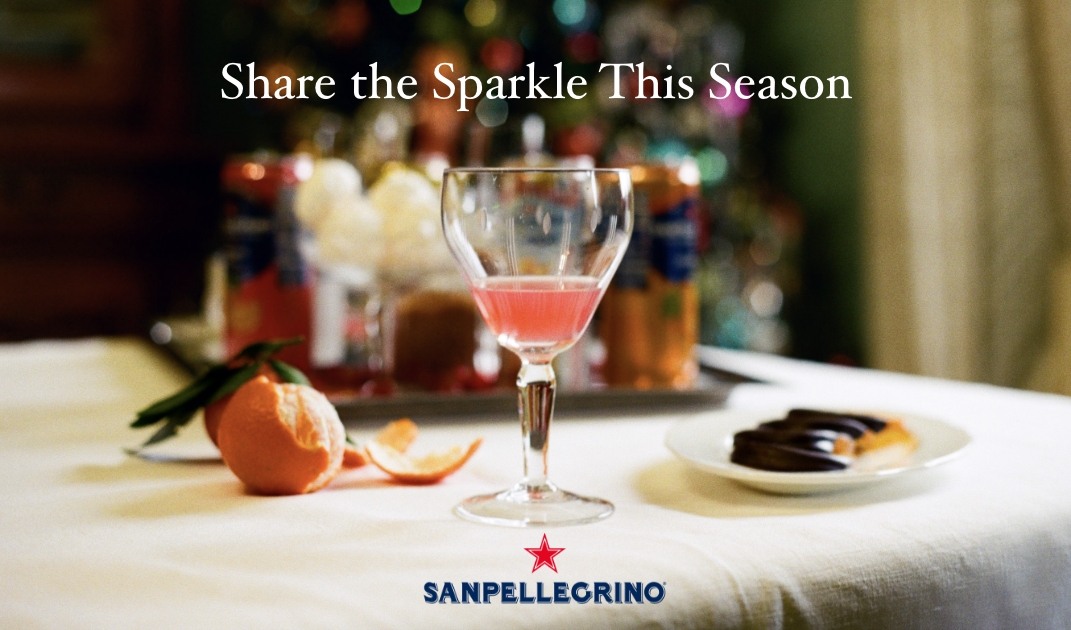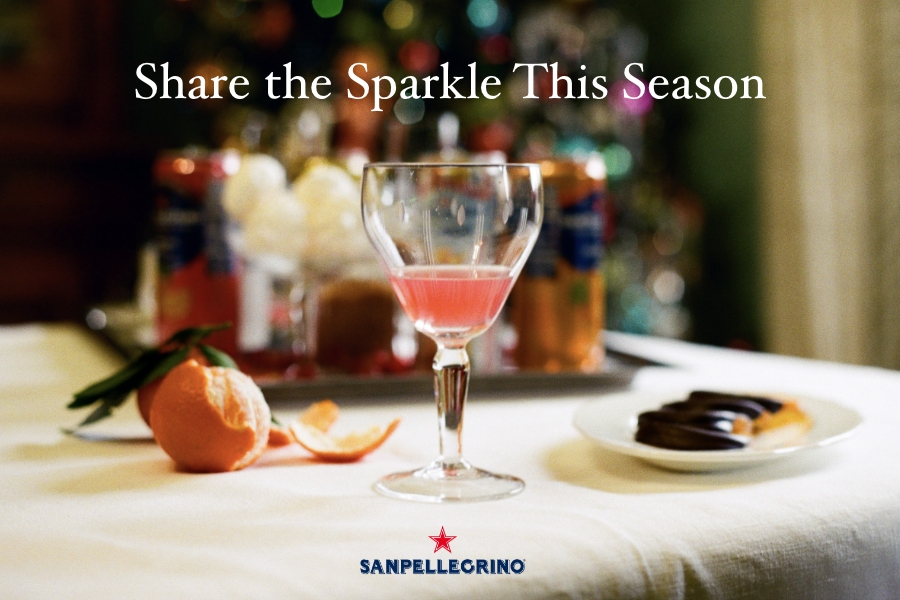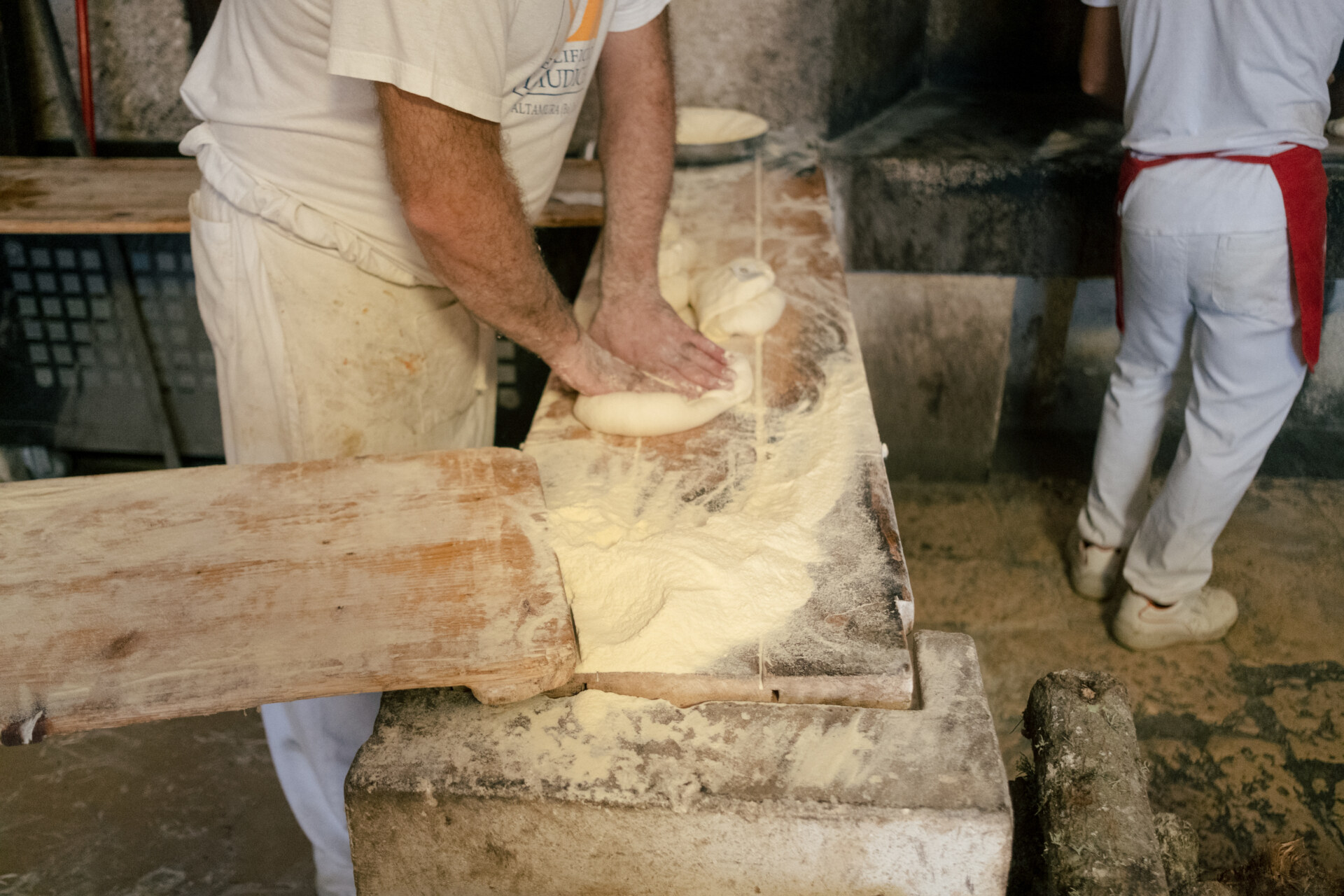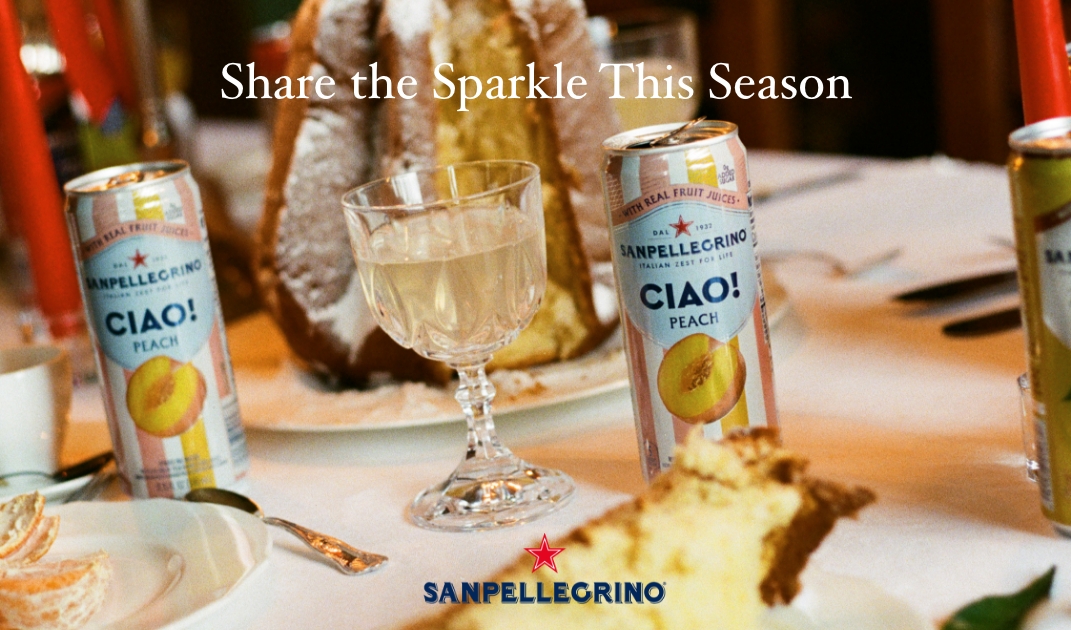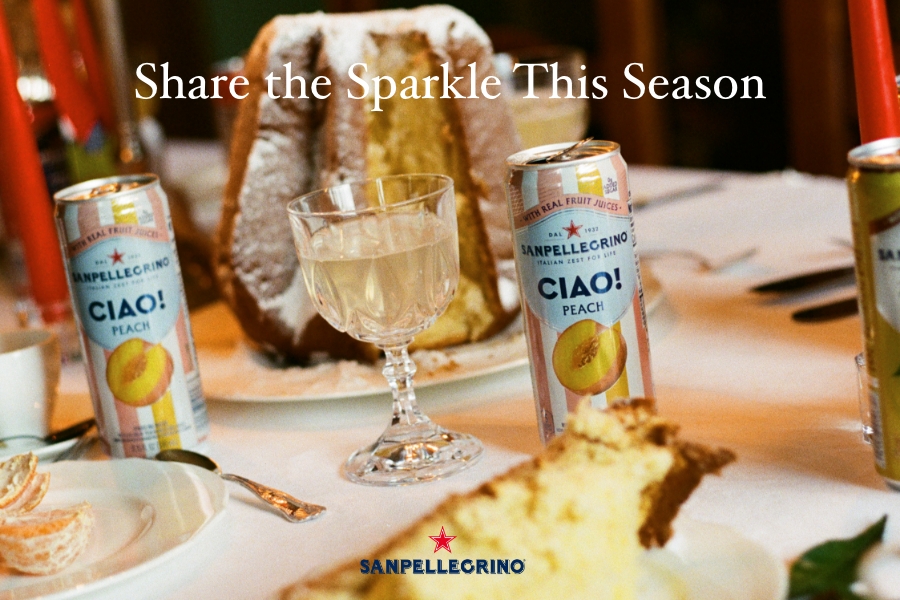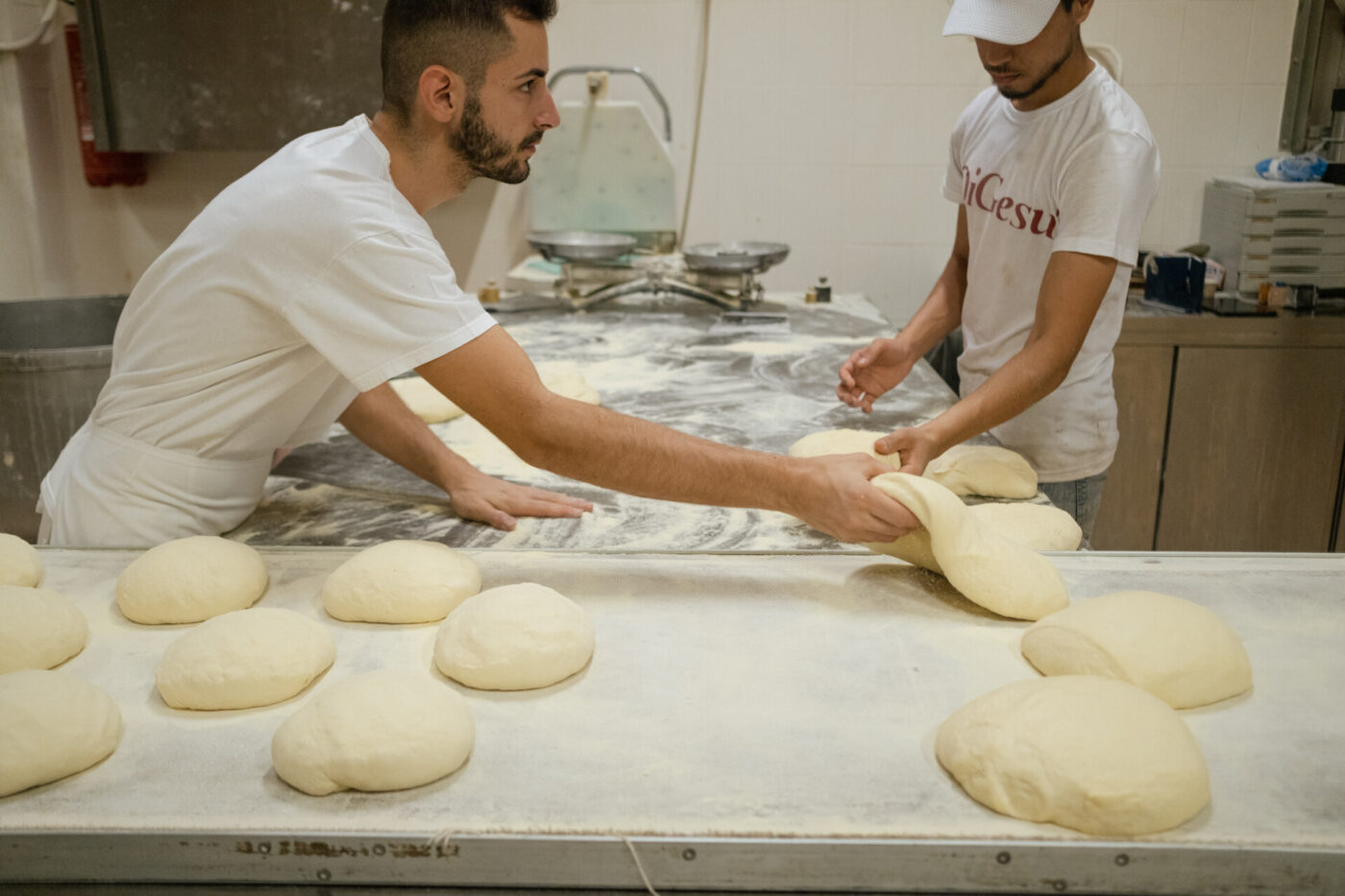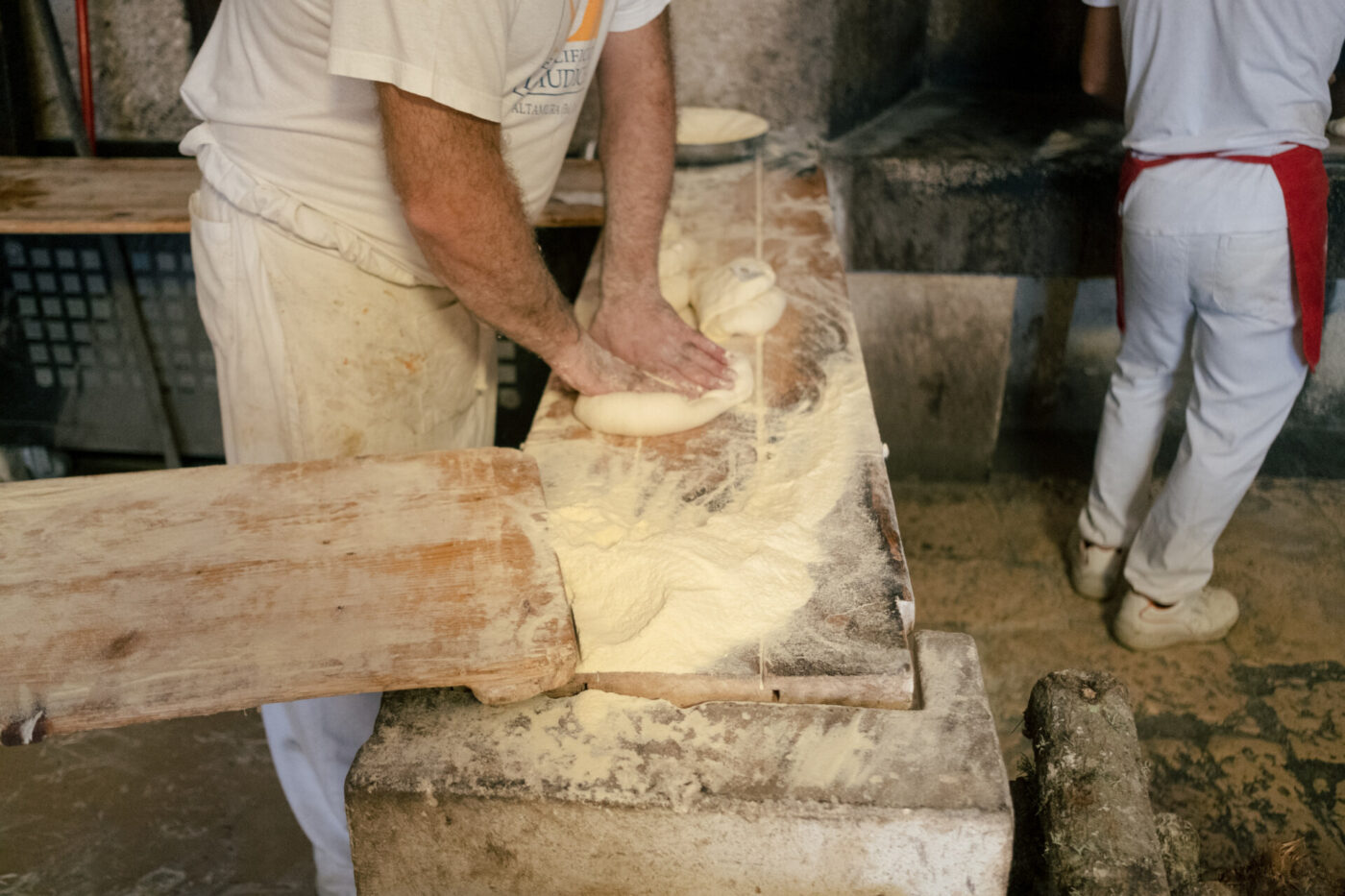In the 2,000 or so years since the end of the B.C. era, it’s safe to say the world has experienced monumental changes. The inevitable machinations of humanity have obviously influenced all of our lives, from the important (advent of electricity) to the even more important (invention of the cannoli). Still, some things have indeed stayed the same. Back then and now, many thought the earth was flat. Meanwhile, the fashionability of sandals has never wavered.
It was the Roman writer Horace who unknowingly touched on a different facet that hasn’t changed since those days. Born in the year 65BC, the man is known as the originator of the autobiography. He wrote a lot about himself, which means his narcissism was centuries ahead of our modern social media age. In his writings called Satires, Horace wrote about one of his favorite things. Naturally, because he’s Italian, he was talking about bread.
“Altamura bread, by far the best bread to be had,” he wrote of the very specific kind, native to the Puglia region. “[It’s] so good that the wise traveler takes a supply with him for his onward journey.” The sentiment almost makes you want to crack into a crunchy piece with its divinely-soft insides, doesn’t it? I can just dream about it now, dripping in olive oil…
Apologies for getting sidetracked, but the point stands. What the old writer was referring to is still an iconic facet of this region and links yesteryear to the current age. The bread itself is known for its yellow appearance and durability, hence Horace’s words about onward journeys. And since travelers typically perished on long journeys during that era, you can bet that anything to distract from its inherent difficulty was greatly appreciated.
The bread is perhaps the area’s most famous export; its flour–made from Appulo, Arcangelo, Simeto, and Duilio wheat, which can only come from the communes of Altamura, Poggiorsini, Spinazzola, Minervino Murge, and Gravina di Puglia–is sold the world over. Using that wheat, to make the official Pane di Altamura PDO (the only bread in Europe that has achieved this status), it has been written it needs life’s most basic elements: earth (or dirt), water, air, and fire. If a series of very specific guidelines is not followed, be warned: you are not eating Altamura Bread.
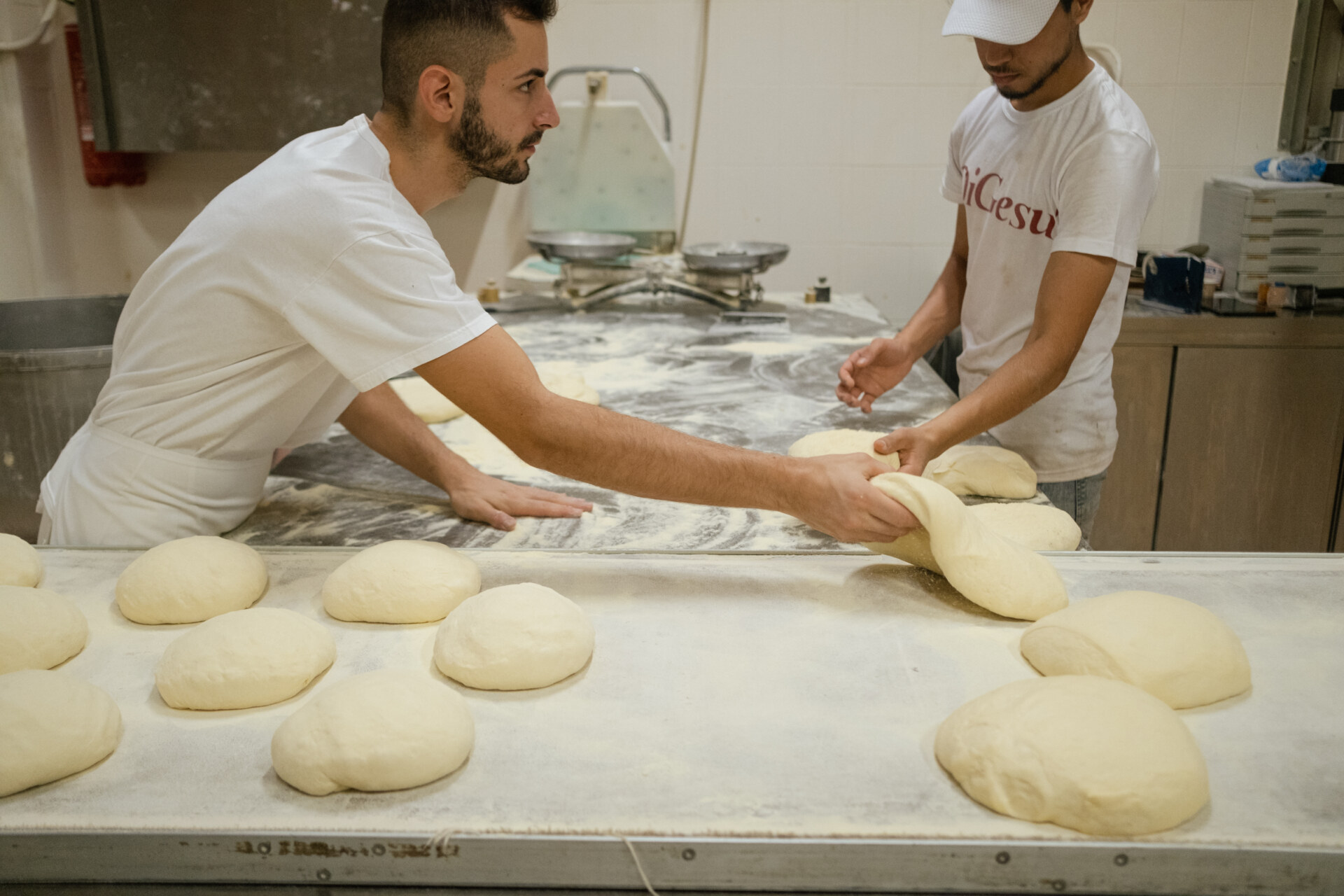
Needless to say, the community of Altamura, the birthplace of this famed bread, is made up of a proud people. So proud in fact, that they once successfully ran McDonald’s out of town. (The famed golden arches were constructed near the local cathedral and that was simply too much to bear.)
It’s figuratively and literally holy, with depictions of Altamura bread portrayed twice on that aforementioned cathedral, which was built by Frederick II of Swabia, known as the one-eyed Duke of a long ago medieval kingdom. Either Frederick or the painter was hungry when he concocted the plans, but creative liberties and local pride led to the showcasing of Altamura bread, clearly seen as the pane of choice in the Cathedral’s version of “The Last Supper”.
And much like how one can’t have bread without alcohol, the wheat itself has since been turned into the latter liquid. Altamura vodka has sprouted up in recent years, the result of a New York City-expat who wanted to give Italy a vodka deeply connected to the land itself. Distilled exclusively from the ancient durum wheat, the bottles are seen everywhere regionally, from local cafes to restaurants.
On a recent trip to the Puglian city of Ostuni, I went one step further and had Altamura vodka in a Dirty Martini, the perfect marriage of the alcohol with the area’s olives and brine. It was a boozy homage to a community in a chilled glass. How does it taste? I’ll only say it took everything in me to not quit my job and devote myself to drinking full-time in Puglia.
I ask you: how many other regions in the world have such a proud export composed of carbohydrates? Irish soda bread? Too dry. American white bread? I shudder at the mere thought.
Altamura is different. There’s a reason why getting together with friends, family and acquaintances is referred to as “breaking bread.” Thankfully, whether or not your company is good, the bread will be exemplary.
